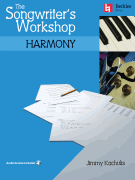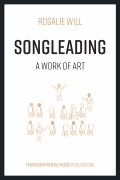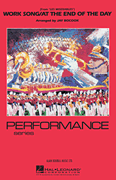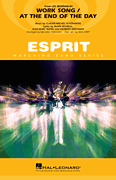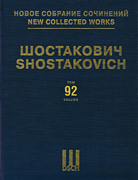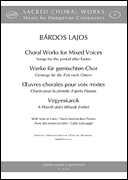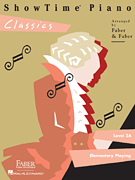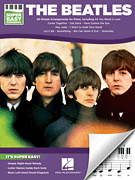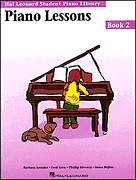Search Results for: “Work Song”
Loading...
The Banana Boat Song View 51 Products
John Henry View 51 Products
The Erie Canal View 45 Products
Happy Working Song View 44 Products
Work Song View 38 Products
Pay Me My Money Down View 22 Products
The Work Song View 15 Products
This Old Hammer View 9 Products
I've Been Working On The Wabash Cannonball View 1 Product
K'wejina Ch'ing Ch'ing Nane (Sound Of The Gong) View 1 Product
The Work Song View 1 Product
Weaving Lilt View 1 Product
Inkosi Yamampondo View 1 Product
Bayandoyika View 1 Product
Manamolela View 1 Product
Song Of Worker (Gretchaninoff) View 1 Product




